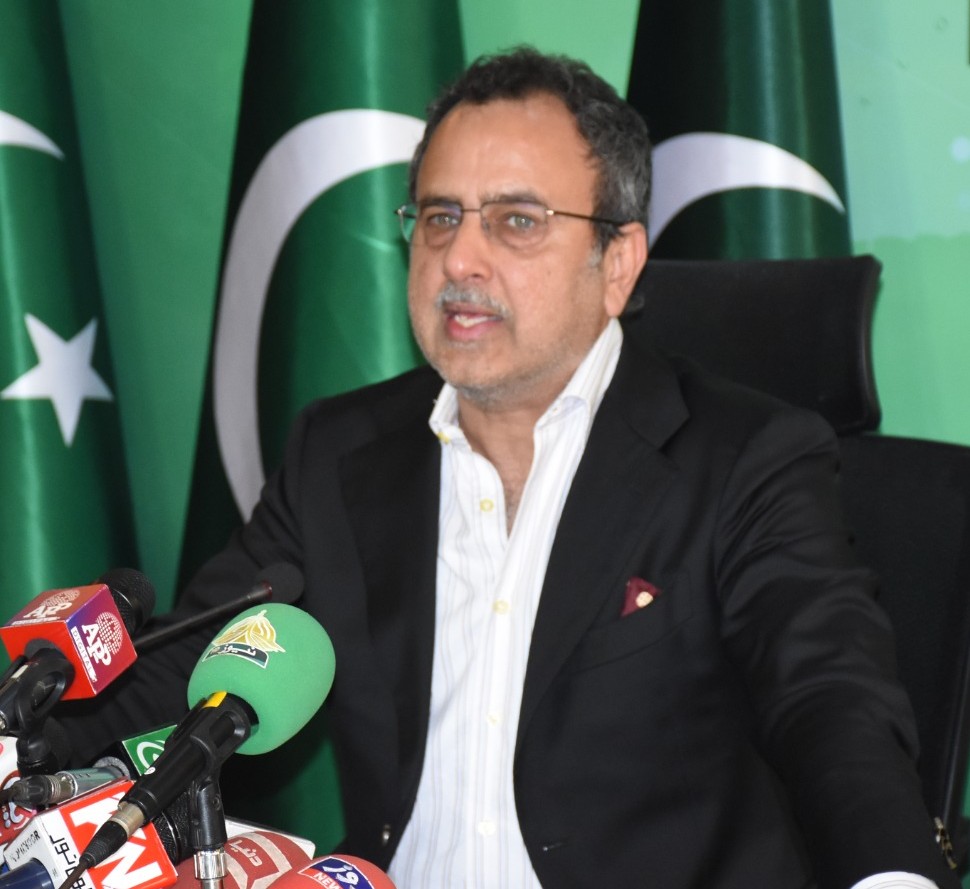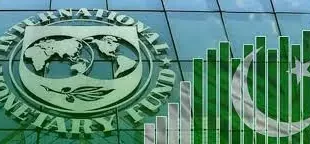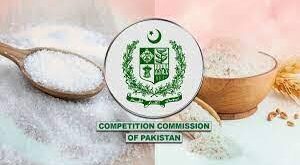
Federal Minister for Energy, Awais Leghari, announced that the government will no longer remain the sole entity responsible for electricity procurement. The private sector is now being introduced into the buying and selling of electricity, while the Guddu and Nandipur power plants are undergoing privatization.
During a press conference, Awais Leghari stated that in the first phase, three distribution companies (DISCOs)—IESCO, GEPCO, and FESCO—are being privatized. In Balochistan, tube wells are being converted to solar energy at a cost of Rs 55 billion. Service agreements are being established to ensure electricity supply to captive industries. In the second phase, LESCO, SEPCO, and MEPCO will also undergo privatization.
He emphasized that reforms in the power sector will lead to improvements. One of the major challenges in the sector is the high cost of electricity generation. Additionally, the poor performance of distribution companies has been a persistent issue. He pointed out that in the past, expensive power plants were installed, which contributed to current inefficiencies.
Leghari revealed that the circular debt in the power sector has escalated to Rs 2.4 trillion. However, negotiations with 36 Independent Power Producers (IPPs) have taken place, which are expected to result in savings of Rs 3.696 trillion over the lifespan of 3 to 25 years of these power plants.
He noted the need for amendments in the NEPRA Act and informed that discussions are ongoing regarding the conversion of Chinese power plants to run on locally sourced coal. In addition, the reprofiling of loans related to these plants is also under discussion.
Looking ahead, Leghari stated that future power plants will be established based on competitive and cost-effective bidding. He also acknowledged existing issues in electricity transmission, suggesting that resolving these issues could lead to a reduction of up to Rs 2 per unit in electricity costs.
Key Challenges and Initiatives
Leghari highlighted that the biggest challenge facing the power sector is the high production cost, exacerbated by increasing tariffs and a ballooning circular debt of Rs 2.4 trillion. He also identified the underperformance of distribution companies and a lack of coordination as major issues. Furthermore, the continuous decline in electricity demand poses an additional challenge to the sector.
The Minister stated that transmission line losses contribute to an increase of Rs 1 to 2 per unit in electricity costs. A detailed plan has been formulated to address and minimize these losses.
He announced that for 18.9 million consumers who use up to 100 units of electricity, the price has been reduced by Rs 6.14. Overall, their tariffs have been decreased by up to 56%. He further committed that the circular debt will be completely eliminated within six years, and in the years to follow, it will be brought down to zero. Additionally, all electricity meters are being replaced with automated systems.
He added that under the China-Pakistan Economic Corridor (CPEC), the focus will be on generating electricity from coal-based Chinese power plants. From July to December, the targeted losses for DISCOs were set at Rs 303 billion; however, savings of Rs 145 billion were achieved, reducing the actual losses to Rs 158 billion. In the area of circular debt alone, a saving of Rs 9 billion was recorded.
Briefing Highlights
During the briefing, Owais Leghari reiterated that the government is moving away from purchasing expensive electricity and instead focusing on sustainable, long-term solutions. Under a 10-year electric policy, comprehensive planning is underway to stabilize and reform the power sector.
He mentioned that it is currently too early to predict any increase or decrease in the base electricity tariff. The situation will become clearer by June. All decisions in this regard are made through the regulator, while the government is responsible for implementation. He confirmed that the relief of Rs 7. 41 recently granted is included in the base tariff. However, no specific prediction can yet be made about future changes to the base tariff.
 BeNewz
BeNewz




